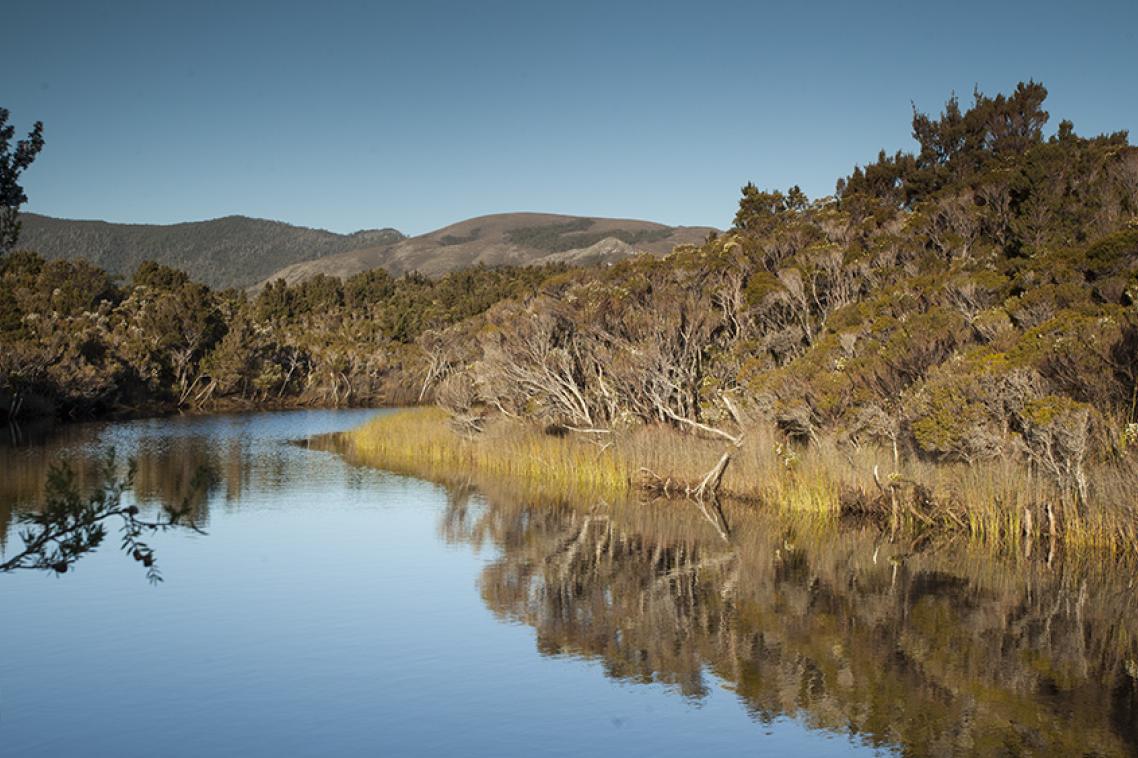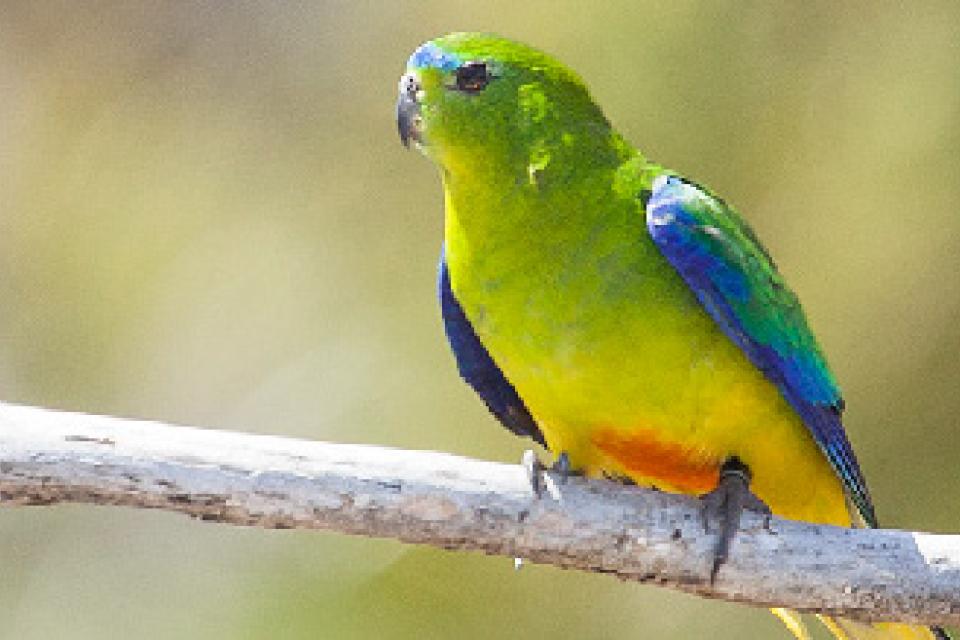Bigger isn’t always better for protected areas

Researchers have warned a frenzied race to reach total land area conservation protection targets used by policymakers may in fact risk short-changing the underlying goal of conservation.
ARC Centre of Excellence for Environmental Decisions (ARC CEED) researcher Dr Megan Barnes said global conservation targets are measured using size as the primary measure of success, which risks using up limited political and social capital on protecting areas that don’t maximise conservation benefits.
Dr Barnes said International targets adopted under the Convention on Biological Diversity include protection of at least 17 per cent of land and inland water and 10 per cent of coastal and marine areas by the year 2020.

“Focusing on area is dangerous because we risk protecting a lot of land and sea with limited biodiversity benefits,” Dr Barnes said.
World Wildlife Fund’s Dr Louise Glew said this measurement leads to protected areas that exist on maps but fails to deliver significant conservation benefits.
“We need to start talking about things like how many fish will stay in the sea to grow and reproduce, or how many pangolins might be saved from wildlife trade.”
“Using size alone to measure conservation success is like counting the beds in a hospital and ignoring whether or not the patients are getting better,” Dr Glew said.
The research is published in Nature Ecology and Evolution.
Media: Dr Megan Barnes, mdbarnes@hawaii.edu, +180 84 626 449: ARC CEED Communications, c.fung@uq.edu.au, +614 433 638 643.
Related articles

Thousands of Queensland reef photos lead to worldwide change

From war-torn Liberia to the UQ Law School: a graduate’s inspiring family legacy
Media contact
UQ Communications
communications@uq.edu.au
+61 429 056 139
